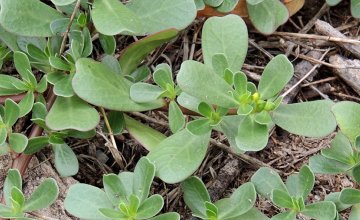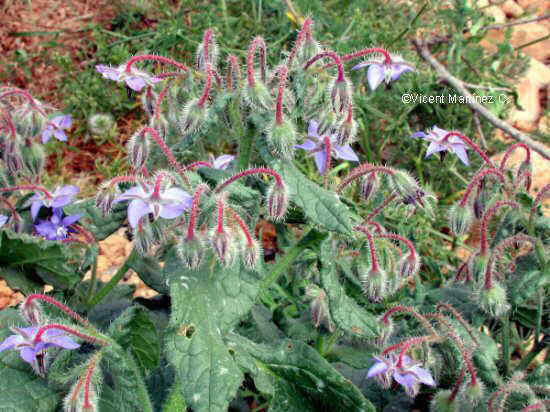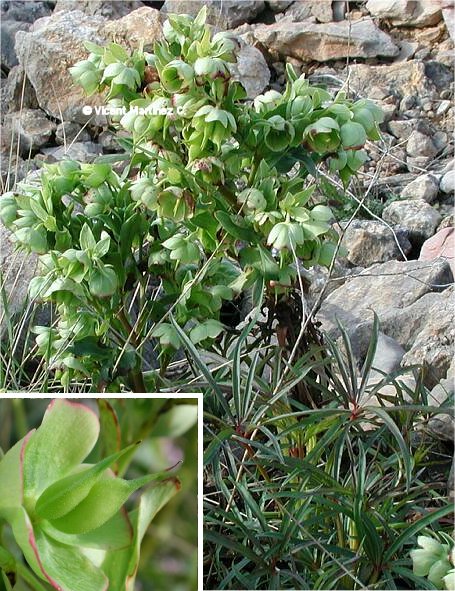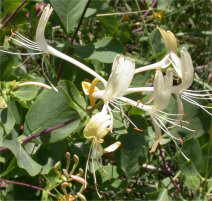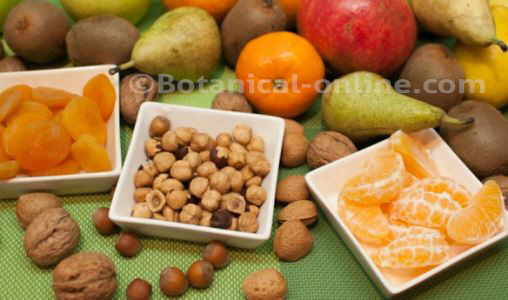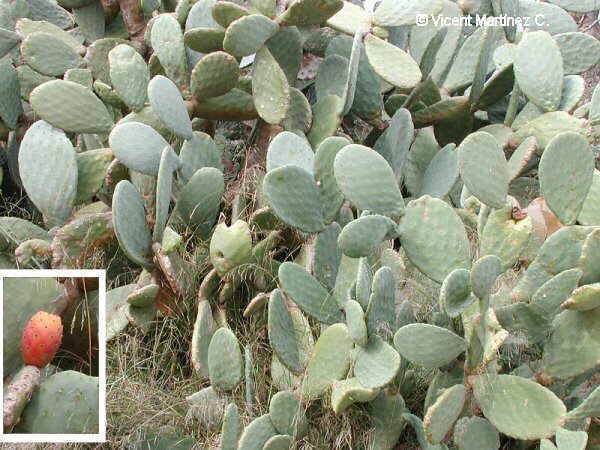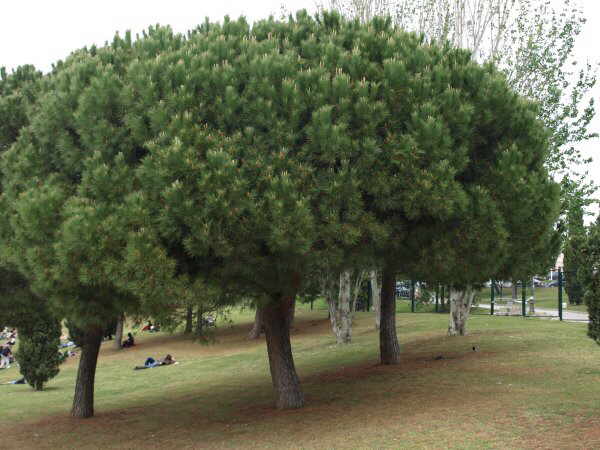Contents
- 1 How to grow summer squashes
- 1.1 SUMMER SQUASH CULTIVATION TIPS
- 1.2 Summer squash characteristics
- 1.3 Varieties of summer squash
- 1.4 Description of summer squash
- 1.5 Climate and conditions for the cultivation of summer squash
- 1.6 Soil conditions
- 1.7 Fertilization of summer squash
- 1.8 Irrigation of summer squash
- 1.9 Propagation of summer squash
- 1.10 How to sow summer squash
- 1.11 When and how to collect summer squash
- 1.12 How to obtain seeds from summer squash
- 1.13 Summer squash maintenance
- 1.14 Diseases and pests of summer squash
- 1.15 Uses of summer squash
- 1.16 How is summer squash eaten?
- 1.17 Crops associated with summer squash
How to grow summer squashes
SUMMER SQUASH CULTIVATION TIPS
Summer squash characteristics
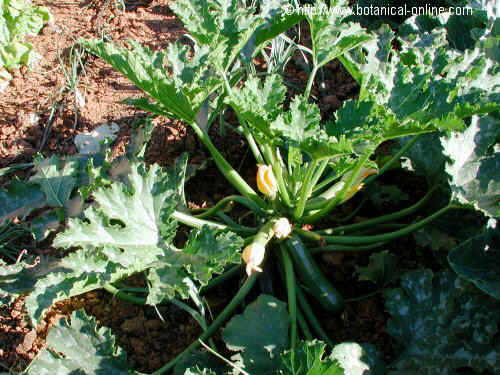
Summer squash plant
Summer squash (Cucurbita pepo subsp. pepo) is a type of pumpkin, a plant of the Cucurbitaceae family, the same family to which the oher pumpkins, melons or watermelon belong.
Summer squash is a plant native to America, which was arrived in Europe at the beginning of the 16th century.
Varieties of summer squash
Within the general term of summer squash, there are many plants of the same species. Among them the most important ones are:
- Zucchini or courgette ( Cucurbita pepo var. cylindrica): It is the most used summer squash as human food. It produces a light or dark green fruit which it is generally collected when very young and tender. There are also some varieties that produce yellow or orange fruits.
Zucchini variety was created in the North of Italy. Zucchini is an American English term, whereas courgette is the British English term.
The same fruit when completely developed is know as marrow.
- Crookneck squash (Cucurbita pepo var. torticollia ): Very distinguishable because of its curved neck. It produces fruits with yellow skin, that can be smooth or having bumps. They are also collected when inmature although sometimes can be left to develop to be used as decoration.
- Straightneck squash (Cucurbita pepo var. recticollis): Differently to crookneck squash it shows a straight neck. Very used as food because of its tender edible skin and its sweet flesh.
Description of summer squash
Creeping annual plant, up to 10 meters long.
Stem cylindrical and rough to the touch, divided into internodes.
Leaves petiolate, large, webbed, with five lobulations, green and with harsh villi in the lower part of the limbus. Toothed margins.
Summer squash flowers are large, pedunculated, bright yellow and flared.
Fruit fleshy, elongated, cylindrical and, in general, dark green or clear.
In general, the fruit is harvested before ripening, when it is considered that the texture and the organoleptic qualities are more pleasant; and when their seeds have not yet been formed.
 Climate and conditions for the cultivation of summer squash
Climate and conditions for the cultivation of summer squash
– Like all cucurbits (pumpkins, melons, watermelons, cucumbers, …), summer squash requires exposure to sunlight.
– Warm or temperate temperatures, between 18º and 25ºC. It supports high temperatures.
– Sensitive to cold, temperatures below 8ºC can damage the plant and even stop its development.
– Sensitive to humidity and very rainy climates.
 Soil conditions
Soil conditions
– Frank soils rich in organic matter.
– Good soil drainage to avoid puddles.
– The soil pH between 5.5 and 5.9, but tolerate up to 6.8.
– Moderately resists salinity.
– It does not tolerate alkaline soils, in which it can develop symptoms of nutrient deficiency.
 Fertilization of summer squash
Fertilization of summer squash
– Summer squash is a crop that requires soils rich in organic matter.
– Fertilize with manure or compost.
 Irrigation of summer squash
Irrigation of summer squash
– Summer squash is a horticultural crop with clear demands for periodic irrigation, especially in the growing season of the fruit.
– It is important that no puddles are formed, and not over watering, as it may favor the appearance of diseases, rot or suffocation of the roots and consequent death of the plant.
– On the other hand, a lack of irrigation will cause damage to the plant, such as falling flowers, small fruits or dehydration.
– A drip irrigation system is recommended. An alternative is to make small holes in a hose, and activate the water at low power.
– Sensitive to excess soil moisture.
 Propagation of summer squash
Propagation of summer squash
Summer squash is propagated by seeds. This means doing the following steps:
- Preparation of the ground: the summer squash is a plant that produces a large amount of fruit. For this reason, it is important to provide a fertile soil rich in nutrients that promotes fruiting.
- One month before sowing, it is recommended to make a hole for each plant, approximately 25cm. of diameter and depth, and fill with 35kg. of compost. We will add soil, mix, compact the soil lightly. Another type of alternative fertilizer consists of green fertilizer rich in potassium, such as comfrey leaves.
How to sow summer squash
Seeds are sowed in a protected nursery or in the land field that we have prepared, depending on the weather. Summer squash can be planted in late winter or early spring, between February or May. The sowing of the summer squash takes place on the days of full moon or ascending moon.
- Maintain a separation of 90 – 100cm.
- The sowing can be done by furrows, terraces, eras and even in flowerpots.
- June and July are no longer suitable months for sowing, since the humidity of autumn and the cold of winter will slow down the growth of the fruits. In those cases, it must be done in a greenhouse.
- Periodic irrigation, especially during the fructification of the plant, avoiding puddles.
- It is important to control the possible animals that hide among the foliage and feed on the plant, especially during the first months of growth, such as snails or slugs.
When and how to collect summer squash
Collection time may vary depending on the variety and climate. Generally, it is done when fruits have not yet fully matured, approximately 50 days after sowing:
- With a knife, cut the fruit with the peduncle (to prevent diseases and rot), of approximately 23cm.
- If we pick the very immature courgettes (at least, more than 1520 cm.), We will stimulate the production of fruits. The summer squash plant can provide fruits every week.
- The regular or weekly harvest, stimulates the growth of the other fruits of the plant.
Precautions: the skin of the summer squash is very soft and sensitive to shock, it tears easily. We must stack them and manipulate them delicately.
In winter, the plant stops producing fruit. The leaves and stems of the plant can be used to fertilize the soil.
How to obtain seeds from summer squash
Summer squash is a fruit that is generally consumed immature, that is to say, when it has not yet formed its seeds. It is even consumed when it measures just over 10cm. and it’s still in bloom.
In our garden, we will try to select , from one or more of the most vigorous plants, a pair of courgettes to ripen and produce seeds. The seeds will serve us for the next harvest.
 Summer squash maintenance
Summer squash maintenance
Apart from a correct watering and weeding, we have to take into account the following maintenance tasks:
- Plant thinning: When more than one plant is born, a thinning is done to remove the weakest and leave the most vigorous. It is done when the plant has the first 3 true leaves.
- Leaf thinning: the damaged or yellowed leaves have to be removed to increase the solar exposure of the plant and facilitate the aeration of it. It is done to encourage greater growth and prevent diseases.
- Stem pinching: the terminal part of the stem is cut to favor the growth of the secondary branches.
- Pruning: Deformed or damaged fruits are removed to promote the growth of other healthy courgettes.
 Diseases and pests of summer squash
Diseases and pests of summer squash
The main pests and diseases that affect the summer squash are:
- Aphids (Aphis gossypii): They can appear in wet seasons, in spring or autumn. They are distinguished because they are recognizable to the naked eye.
- Red spider or red mite (Tetranychus urticae): Producing discoloration on the underside of the leaves, yellow spots or desiccation. The red spiders suck the sap and weaken the plant. If you shake the underside of the leaves, you will see small red dots. It occurs when the weather is dry and temperatures are very high.
- Whitefly (Bemisia tabaci): Its type of pest produced by a fly. Whitefly lays its eggs on the underside of the leaves. Both the larvae and the adult specimens feed on the plant, which can be yellow in the leaves.
This plague can be prevented by wetting the underside of the leaves of the plant with potassium soap or even with a little clay. If the pest is already existing, we will use specialized insecticides, preferably ecological.
- Oídio (Sphaerotheca spp.): Disease caused by some very common fungi in crops of cucurbitaceous plants. It happens when irrigation is too abundant, or when the soil is very rich in nitrogen.
Characterized by white spots on the leaves. There are preventive remedies easy to acquire in specialized gardening stores.
- Summer squash yellow mosaic virus (ZYMV): yellow spots with embossed leaves, leaf necrosis (limb and petiole), less growth of the plant and possible deformations.
Uses of summer squash
– Fruit: summer squash is a soft vegetable, with high water content, which makes it a low-calorie fruit, ideal for weight loss diets.
It is also ideal for people with diabetes, because of its low sugar content.
It does not contain almost sodium, so it is suitable in diets for hypertension, when it is not cooked with salt.
It is a moisturizing vegetable, which lubricates the intestines and helps fight constipation.
How is summer squash eaten?
It is cooked as a vegetable in stews, stews, stuffed (stuffed summer squash), for dumplings, batters, creams and ratatouille.
Summer squash flower is also consumed, in sautéed or stuffed.
Crops associated with summer squash
Horticultural crops can be associated with other plants, with specific characteristics that improve soil nutrients, and benefit plant growth ( More information) . Summer squash can be associated with:
– Lettuce cultivation
– Cultivation of beans
– Nasturtium: cultivation because of its edible leaves and also used to control pests.
– Mint cultivation: cultivation of aromatic plant.
– Radishes cultivation
It is NOT recommended to associate summer squash with potatoes
![]() More information on summer squash, summer squash or pumpkin.
More information on summer squash, summer squash or pumpkin.

 Irrigation of summer squash
Irrigation of summer squash